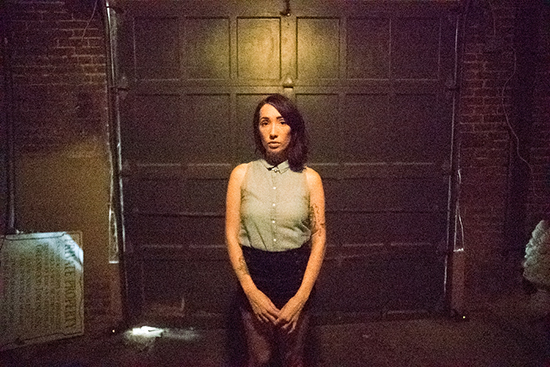
During the editing phase, I applied a filter that gave outlines to myself and the mirror. This matches the art nouveau art style, as almost everything has an outline. The background is going to have the four corners highlighted by triangles while the white circle is going to also have designs and colours added to it. I would have done this digitally, however I ran out of time.
I started by having Ruben take pictures of me under a loop lighting. I positioned myself to be looking into a mirror, but still leaving the front of my body visible. Next, I took it into photoshop and used a quick selection tool to cut myself out of the photo. I made a black background with a white circle over top of it. This would act as a template for my background. After that, I dragged myself into the background image and began doing some touch-ups to my face. Once I was satisfied with it, I made the image greyscale. This was because without doing so, the filter I wished to apply next looked weird. I then applied a filter that gave me and the mirror a bold outline to match the art nouveau style.
I'm not too satisfied with it at the moment, but I feel like I'm going to like it a lot more once I paint over it.














